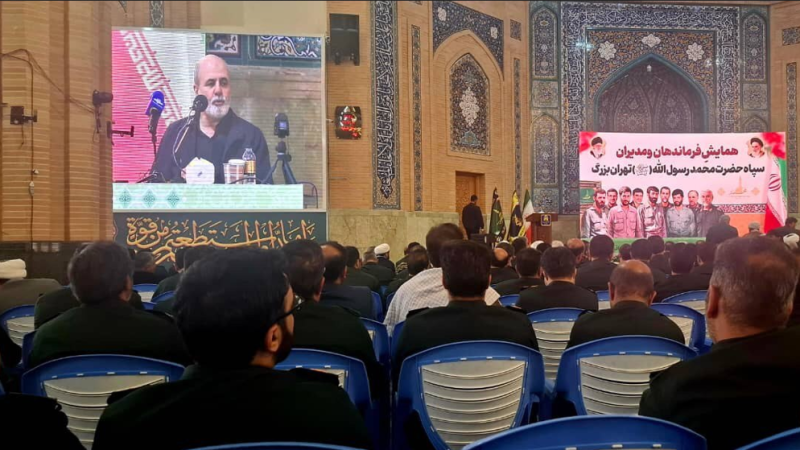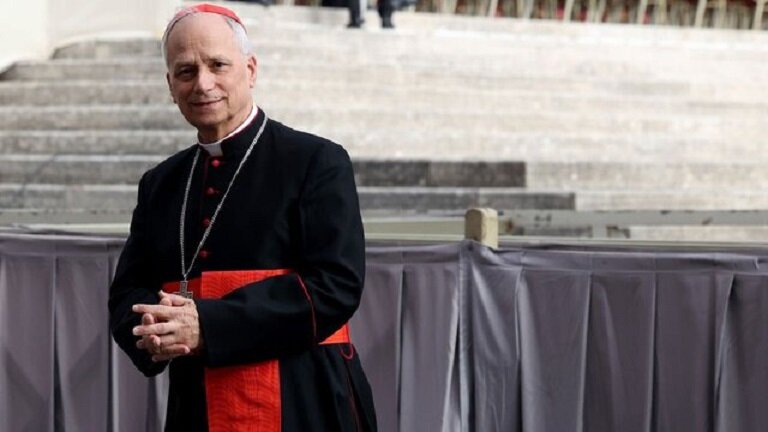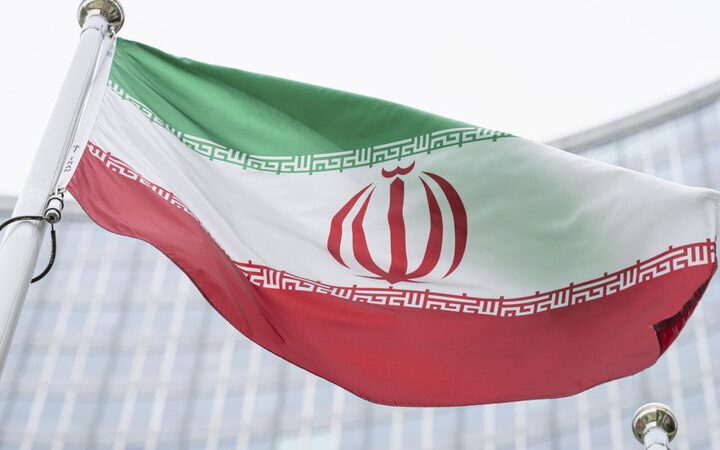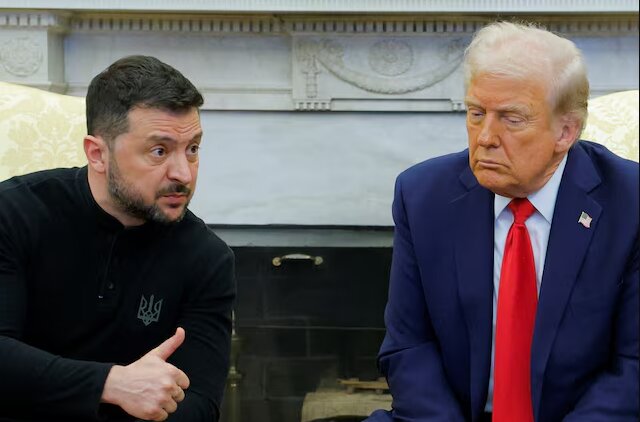Opinion: Operation Sindoor and beyond
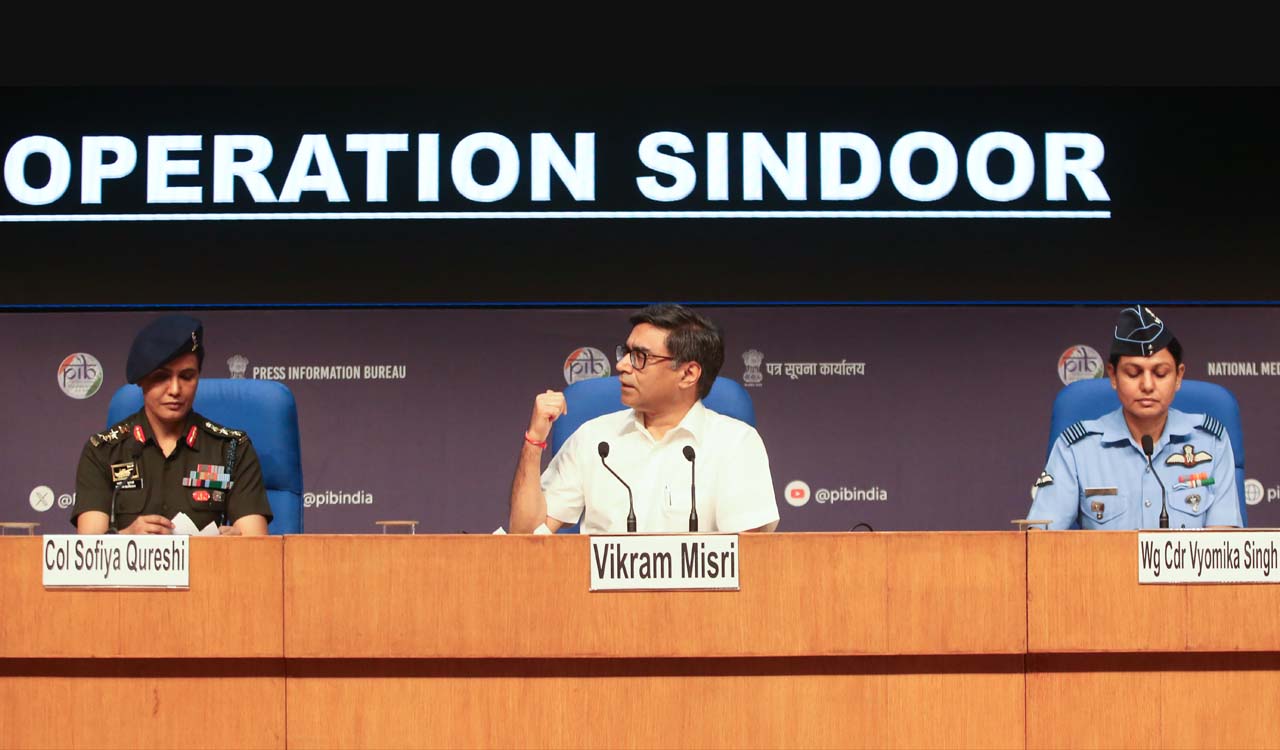
India’s Operation Sindoor must be a message not just of retribution but also of resolve and resilience
Published Date – 8 May 2025, 07:27 PM

By Dhananjay Tripathi
In the early hours of May 7, New Delhi made a strategic and decisive move to deliver justice by launching strikes on terror hideouts inside Pakistan. Code-named ‘Operation Sindoor’, this meticulously planned operation targeted nine locations identified as hubs for terrorist activities, including those operated by Jaish-e-Mohammed (JeM) and Lashkar-e-Taiba (LeT).
This long-awaited response followed the heinous terrorist attack in Pahalgam, which saw innocent Indian tourists being mercilessly targeted by five terrorists — three of whom, according to intelligence, were Pakistani nationals. While the Pakistan-based group The Resistance Front — an offshoot of LeT — claimed responsibility, Pakistani officials later issued routine denials.
General Munir’s Rhetoric
The Pahalgam attack followed closely on the heels of a highly provocative speech by Pakistan Army Chief General Asim Munir, where he invoked the divisive Two-Nation Theory and made communally charged remarks. That Hindu tourists were selectively targeted in the Pahalgam attack after their names were asked underscores the dangerous timing and communal motivation behind it. The goal was clear: destabilise a Kashmir valley returning to peace and economic growth through tourism and ignite communal tensions within India.
Diversionary Tactic
Is General Munir following the path of Musharraf? General Munir is no stranger to covert operations and strategic manoeuvring. Before becoming the Chief of Army Staff, he served as Director-General of the ISI, Pakistan’s notorious intelligence agency. He was involved in Pakistan’s response to the 2019 Balakot airstrikes, where Indian forces targeted a JeM training camp in Balakot, and reportedly advocated retaliation. Later, he was removed from his post due to opposition from then Prime Minister Imran Khan.
Since taking charge of the army, General Munir has faced multiple crises — domestic political unrest, opposition from Imran Khan’s supporters, economic turmoil, armed resistance in Balochistan, and tensions near the Afghan border. In such a scenario, he seemingly turned to a tried-and-tested diversionary tactic: escalate tensions with India. By enabling and permitting this terrorist attack, Munir sought to unite the country under a nationalist narrative, distract from internal failures and reinforce the military’s dominance over Pakistan’s civilian government.
Like Musharraf, General Munir appears to be consolidating power through military adventurism, raising the question: is he merely firefighting, or does he harbour more ambitious political goals?
This bears resemblance to the strategies used by General Pervez Musharraf, especially around the Kargil conflict. Like Musharraf, Munir appears to be consolidating power through military adventurism, raising the question: is he merely firefighting, or does he harbour more ambitious political goals?
Is Operation Sindoor the End?
The short answer is No. While surgical strikes like Operation Sindoor are vital to signalling intent and delivering immediate justice, they offer limited long-term deterrence against state-sponsored terrorism. Pakistan, especially its army, has grown accustomed to cyclical retaliation from India — in 2016 (Uri), Balakot (2019) and now 2025. Such responses, while necessary, may be increasingly factored into Pakistan’s risk calculus.
Therefore, India needs a comprehensive and well-thought-out four-pronged strategy:
- Diplomatic offensive: Strengthen global pressure on Pakistan by exposing its continued support for terrorism. Highlight how the Pahalgam attack was widely condemned by Kashmiris themselves, especially as it threatened the region’s thriving tourism sector. India must also diplomatically engage nations like China, Turkey and others that tacitly support Pakistan. Concurrently, India should lead a regional initiative involving South Asian neighbours to isolate Pakistan diplomatically, strengthen trade ties and promote investment.
- Engage Afghanistan strategically: Establish better relations with the Taliban-led Afghan government through scholarships, medical visas and people-to-people initiatives. Expanding medical visas, including to deserving Pakistani citizens, will boost India’s soft power and international reputation as a humanitarian democracy.
- Strengthen intelligence: Major terror attacks often reflect intelligence lapses. While no system can guarantee 100 per cent success, India must invest heavily in its intelligence infrastructure, both human and technological. Cross-agency collaboration and better coordination between central and State-level forces are also essential.
- Stay focused on economic growth: India’s strongest long-term weapon is economic strength. Staying focused on development, infrastructure, innovation and human capital will cement India’s position globally. A prosperous and resilient India is the best deterrent against terrorism and external aggression.
Standing United
India must continue to stand by its brave armed forces, who have repeatedly demonstrated professionalism and courage in protecting the nation. However, equally important is for citizens to stand united, rising above communal and political divides.
India’s greatest strength lies in its unity in diversity, a source of inspiration and unity that no adversary — no matter how persistent — can weaken the resolve of the 1.4 billion people when they stand together. Let Operation Sindoor be a message not just of retribution but also of resolve and resilience.

(The author is Senior Associate Professor, South Asian University, New Delhi)

